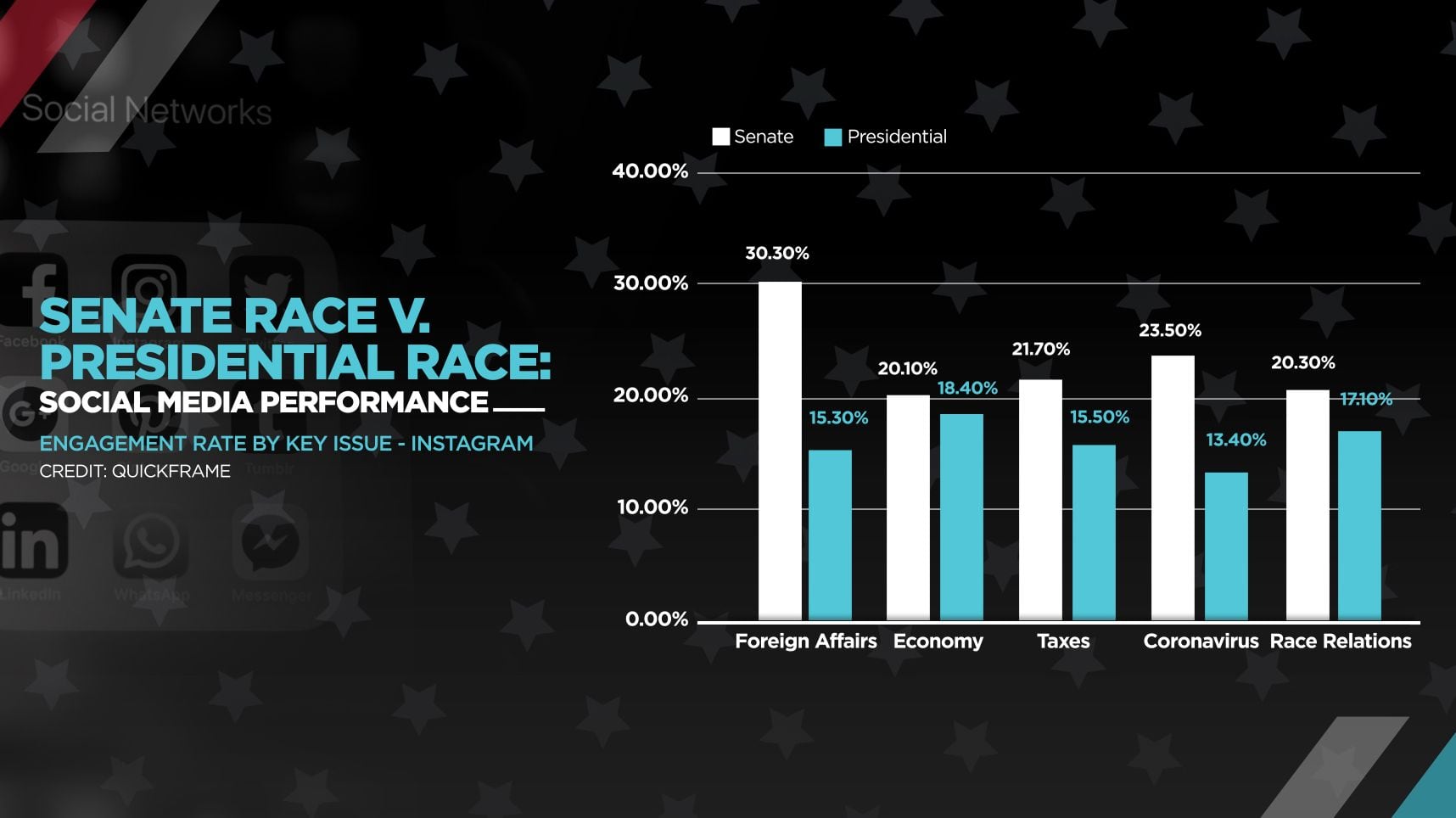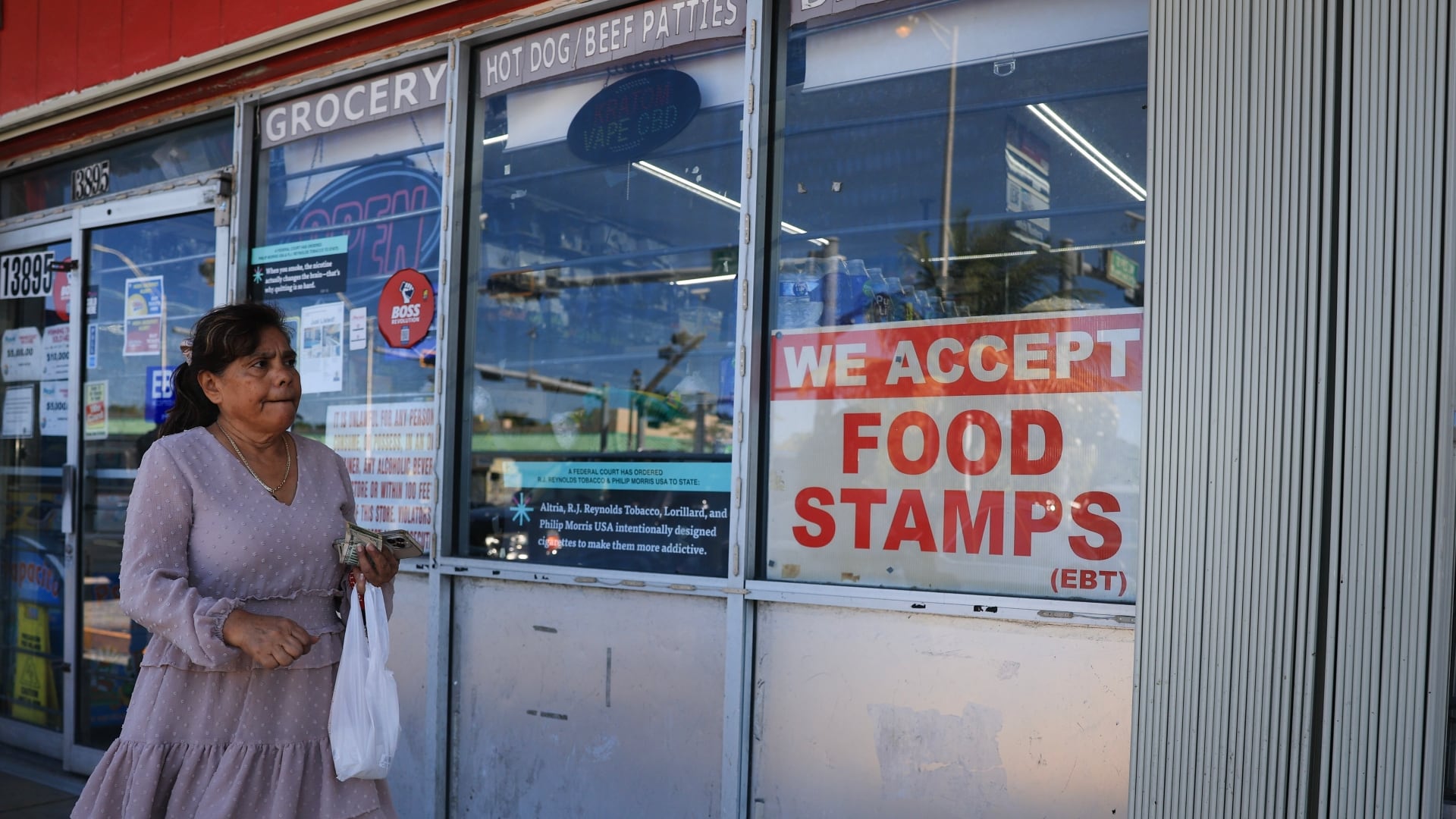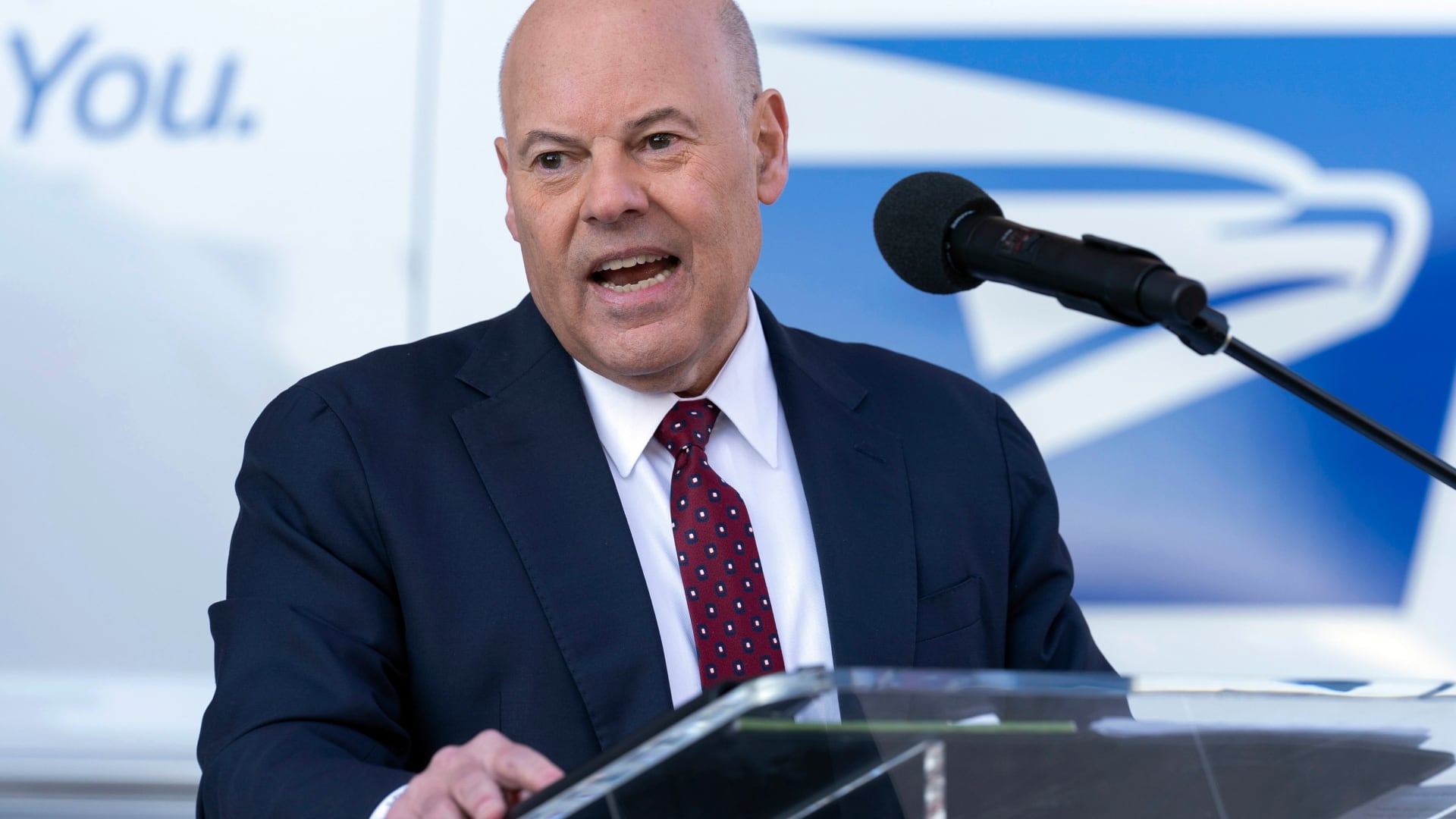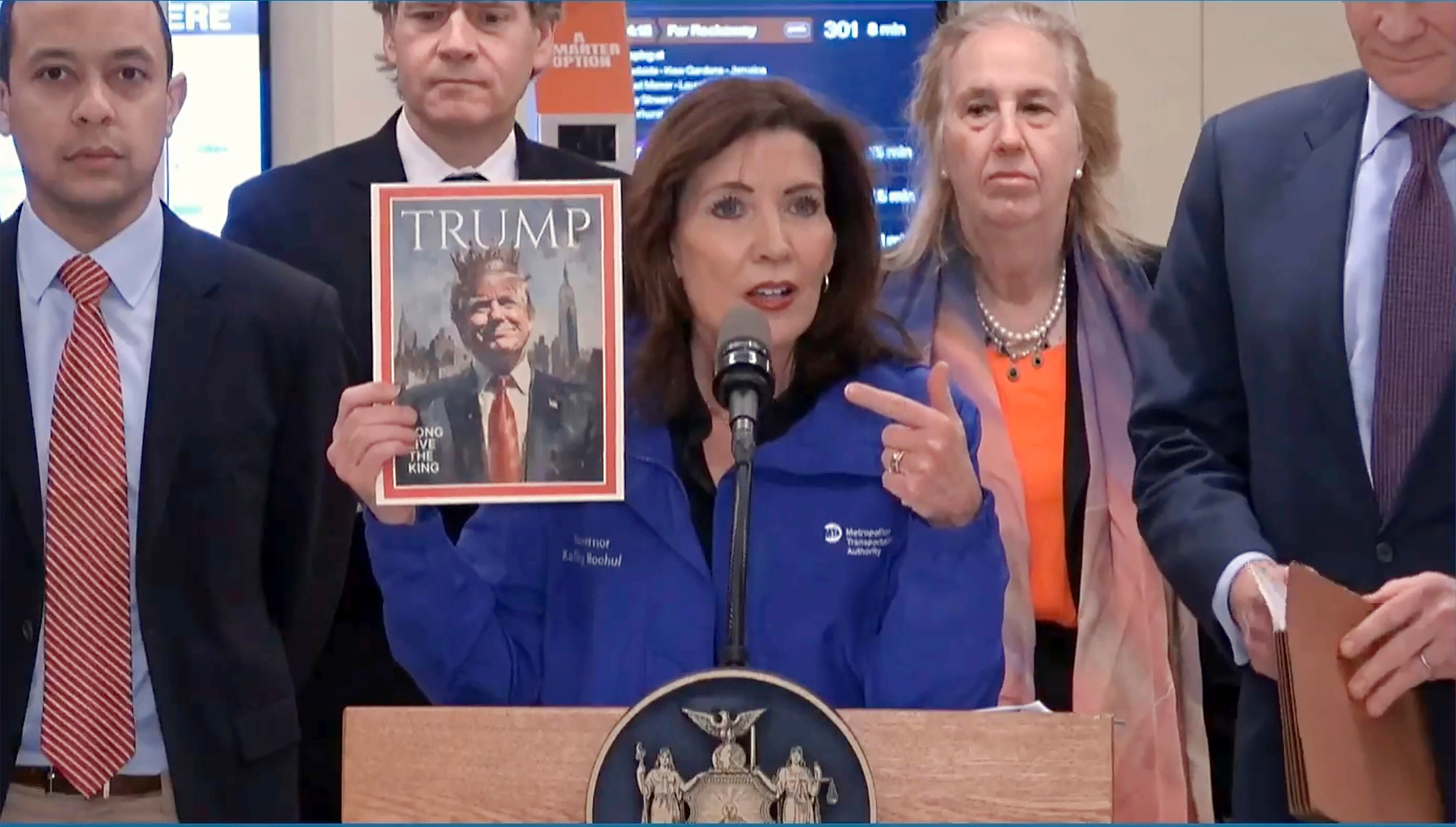With less than three months to go before the 2020 presidential election, campaigns are kicking it into high gear. Arguably, there is nowhere that will be more clear than on TV and digital. When viewers settle in to watch hit shows or check out their favorite websites, they should expect more and more ads for this year's political hopefuls.
An estimated record of $7 billion will be spent on political advertising during the 2020 election cycle, according to Kantar CMAG and traditionally 63 to 65 percent of the budgets are focused between Labor Day and Election Day, said Effectv's head of political sales Dan Sinagoga. This year, with the pandemic raging in March, April, and May, candidates withheld marketing budgets. That could mean even more of their money will be concentrated between now and November.
"It's 100 pounds of media weight into what is about 10 pounds of media inventory," Sinagoga said. "It's a wild time."
Effectv, which is the advertising division for Comcast Cable, has already seen August budgeting 135 percent above normal. It's for good reason.
Digital advertising is gaining in popularity and expected to bring in $1.8 billion in political ad revenue thanks to the elections, per Kantar. But TV still remains king, with projections at $3.5 billion for broadcast and $1.2 billion for cable TV. For approximately every $1 being spent on digital, around $3.25 is being spent on traditional TV.
There are two main reasons. The majority of voters are older than 65, and they still watch TV.
Around 9 out of 10 in that age group watched TV on any given day between 2013 and 2017, according to the Bureau of Labor Statistics. Recently people have also been watching more TV during the coronavirus-related shutdowns. During the peak, Comcast cable saw a 79 percent increase in viewership compared to similar time periods 2018 and 2019, Sinagoga said.
"We're seeing a bit of that stick," he said. "People were exposed to programming they really weren't taking in."
As for the topics that viewers are seeing in political ads, it varies depending on whether the ad is for a Senate candidate or a presidential candidate. Exclusive data on both video and television ads, provided by video analytics company Quickframe, reveals the top issues Senate hopefuls are addressing:
Presidential campaigns have been focused on:
There are also other key differences in how messages are presented. About 63 percent of ads for Senate Democrats featured the candidate speaking directly to the viewer, while 65 percent of Senate Republicans used a different narrator. Senate Republicans were also twice as likely as Senate Democrats to use black and white imagery, which Quickframe notes is usually associated with attack ads.
More than half of Senate GOP videos were 16 to 30 seconds long, while the majority of Senate Democrat videos were more than 30 seconds.
Everybody, however, was likely to feature at least three different people in their ads. They were also more likely to have their highest engagement — meaning comments, likes, or interaction with the ad — on Instagram. Senate candidates had the most interaction with their foreign policy posts, while the public interacted the most with economic-themed items on a presidential candidate's pages.









